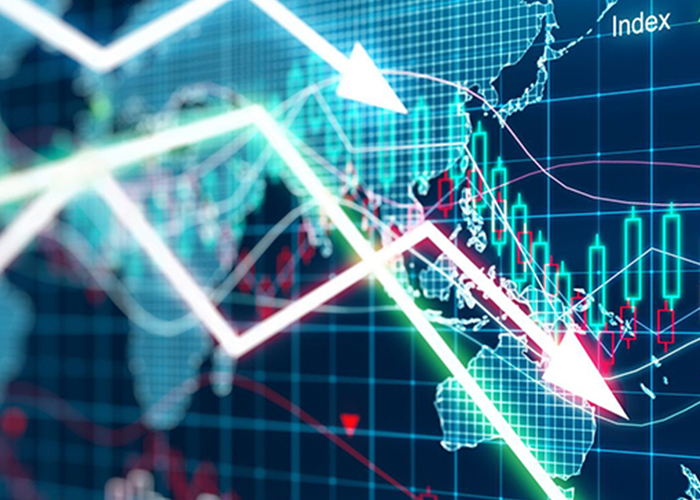
Even after 7 years, global economy did not fully recover to a sustainable state following the finance crisis that began in 2008. Though the developments since the crisis were considered as having curative effects, most of them were not sustainable solutions. In another saying the world is still seeking for recuperation. This recuperation can be thought as capitalism’s search of an exit out of the crisis. If we take a look at the past incidents, we can see that the crisis in 1973 was gotten over with globalization, 1989 recession with a new economy, 1998 crisis and 2001 recession with extravagant liberalization. Capitalist system or global economy tries to get rid of the negative state that 2008 crisis brought with only expander monetary policy applications. Markets and institutions, especially financial markets and organizations do not allow permanent structural transformations. In this framework while pursuits for new norms are intact, global fluctuations do not recess. In fact, the first three months of 2016 witnessed unexpected fluctuations associated with a new crisis. Again the actors that eased the negative impact of these fluctuations were central banks. Is it normal for central banks to follow ever expander monetary policies after each incident or is it right to postpone the completion of these policies every time? Will the global economy stand up with only central banks’ supernormal monetary expansions from now on? Yet, central banks’ supernormal monetary expansions did not create a permanent, stable, sustainable and consistent growth in global economy. However expansions are increasing due to the calling of financial markets and so the fluctuations can only be reduced but only until the next volatility. The trend for central banks is the application of negative interest rate. The possibility of this application with insignificant effects becoming permanent is quite worrisome. Considering the real sector of the global economy, we can see that merchandise trade is narrowing. This shrinkage is mostly due to the price decrease in trade merchandise and weakens the flexibility of income. So while income is increasing, trade decreases. Is it a new norm for trade to shrink in an environment where we see an increase in territorialization and precautions against the China’s idle capacity are becoming more and more valid with new generation trade agreements? This could lead economies to be dependent on internal demand and consumption for growth. Following 1989, Chinese economy recorded an overall annual growth of 10%. This growth led China to consume a fair share of the world resources by itself. Many countries also grew along with China for being the supplier of their needs. However China has come to the end of investment and export based growth model. This transformation in growth model will allow only 6% annual growth from now on. This growth level will mean that China no longer will have the same demand towards the rest of the world. The same countries that recorded rapid growth along China will also grow slower with it. Slow growing China and suppliers are a new norm. Golden era for emerging economies is also being shattered. Along with Russia and Brazil, economies of numerous emerging energy and commodity exporting countries are also shrinking. The projections for these countries that once represented a great deal of potential are now subject to downside revisions. The legend that praised high consuming economies and its suppliers need to leave its place to favoring economies that are dependent of structural reforms for growth. Another new norm will be the current emerging economies that will have to adapt to sustainable growth. A world free of fossil fuels seems to become another new norm. The not much spoken about Paris Climate Change agreement requires the parties to quit fossil fuels. This decision pushes numerous energy exporting countries to an absolute transformation. The awareness on this matter is quite high. Middle Eastern countries also are very aware of this situation. What is unknown is that whether they will realize this transformation with peaceful collaborations or close combats and contradictions. Finance capital is the most resistant sector against these new norms. Banking system that is at the core of finance capital began to comply with these new norms with regulations on bot national and international level. Even though large banks consolidate most of their global operations, money markets, commodity markets and futures markets backed up by trade technologies are powered by fluctuations and pursue immense gains that real sector cannot even dream of. This wish of profit is not normal however the weapon of instability in the markets is still being utilized. As a matter of fact there are current critics about FED leaving its money policy to the markets. The future here is still unclear. Businesses are in growing need of short term and flexible decision structures against these uncertainties, fluctuations and risks. This need seems to become the new norm for businesses.